Lexus Warranty Unpacked: Navigating Wear and Tear vs. Manufacturing Defects
Owning a Lexus is an experience defined by luxury, reliability, and cutting-edge engineering. When you invest in such a meticulously crafted vehicle, you expect it to perform flawlessly for years to come. That's where your Lexus warranty comes in, offering a crucial layer of protection and peace of mind. However, the world of automotive warranties can sometimes feel like navigating a complex maze, especially when trying to differentiate between what's considered 'wear and tear' and what qualifies as a 'manufacturing defect.' This distinction is absolutely critical, as it determines whether a repair is covered by your warranty or comes out of your pocket. In this detailed blog post, we'll demystify your Lexus warranty, clearly defining these two crucial terms, providing concrete examples, and empowering you to understand exactly what your Lexus warranty will and won't cover.
Understanding Your Lexus Warranty Basics
Before diving into the specifics of wear and tear versus defects, let's briefly touch upon the foundation of your Lexus warranty. Lexus stands behind its vehicles with comprehensive coverage, typically offering a New Vehicle Limited Warranty that includes bumper-to-bumper coverage for a specific period or mileage (e.g., 4 years/50,000 miles, whichever comes first) and a Powertrain Warranty for a longer duration (e.g., 6 years/70,000 miles). These warranties are designed to protect you from the financial burden of repairs due to flaws in materials or workmanship. It's a testament to Lexus's commitment to quality, but it's important to remember that this coverage isn't limitless or unconditional.
What Exactly is 'Wear and Tear'?
Simply put, 'wear and tear' refers to the natural deterioration that occurs to your vehicle's components over time and through normal use. Think of it as the expected aging process for parts that are designed to gradually degrade and be replaced. These items are consumables, meaning they have a finite lifespan and are not expected to last the entire life of the vehicle without replacement. Your Lexus warranty, like most new car warranties, generally does not cover wear and tear items. This is because their degradation is a direct result of driving and environmental factors, not a flaw in their manufacturing. It's an unavoidable part of vehicle ownership.
Examples of common wear and tear components in a Lexus include: brake pads and rotors, tires (tread depth), wiper blades, spark plugs, filters (oil, air, cabin), clutch components (for manual transmissions, if applicable), various bulbs, and even the natural fading or minor creasing of interior upholstery or trim from sun exposure and repeated use. These items are designed to be replaced as part of your vehicle's routine maintenance schedule.
What Constitutes a 'Defect'?
In stark contrast to wear and tear, a 'defect' refers to a flaw in the materials or workmanship of a vehicle component that existed from the time of manufacturing. This means the part failed prematurely or didn't perform as intended due to an inherent fault, not because it simply wore out from normal use. When a defect occurs, it implies that the component was not manufactured to Lexus's stringent quality standards or was incorrectly assembled. This is precisely what your Lexus warranty is designed to cover.
Examples of manufacturing defects can range from a premature failure of an engine component (like a faulty sensor or a poorly cast part), a transmission malfunction that isn't due to neglect, an electrical system short, a persistent infotainment system glitch, or a suspension component breaking without any external impact. The key differentiator is that the failure is unexpected and attributable to an inherent fault in the part or its assembly, rather than the natural aging process of the vehicle.
Common Scenarios: Wear and Tear vs. Defect in Action
To make this distinction even clearer, let's explore some common components and scenarios:
Tires
Wear and Tear: Worn-out tire tread after many miles of driving, slow leaks from road hazards like nails or potholes. These are expected and not covered by the Lexus warranty (though the tire manufacturer might offer a separate warranty).
Defect: A tire that develops an unrepairable bubble on its sidewall or experiences a catastrophic failure without external impact within a short period of ownership, suggesting a manufacturing flaw in the tire itself. If uneven tire wear is caused by a defective suspension component (e.g., a faulty control arm), the suspension component would be covered.
Brakes
Wear and Tear: Thinning brake pads and grooved rotors after thousands of miles, requiring replacement. This is normal and a part of routine maintenance.
Defect: A brake caliper seizing prematurely, causing uneven pad wear and pulling to one side, or a master cylinder failing unexpectedly, leading to a loss of brake pressure. These indicate a component malfunction rather than natural degradation.
Battery
Wear and Tear: A battery that gradually loses its ability to hold a charge over 3-5 years and eventually dies. This is typical battery lifespan.
Defect: A new battery failing completely after only a few months of ownership without any identifiable cause (e.g., leaving lights on). This points to a faulty battery from the factory.
Interior Components
Wear and Tear: Minor scuffs on plastic trim, light creasing on leather seats from repeated entry and exit, fading of carpet in high-traffic areas due to sun exposure and use.
Defect: Stitching coming undone on a seat seam without physical damage, an electrical component in the infotainment system failing (e.g., screen goes blank), a plastic trim piece cracking on its own without impact.
Paint and Exterior
Wear and Tear: Small rock chips on the hood, minor scratches from normal driving, or slight dulling of the clear coat over many years without proper waxing.
Defect: Paint peeling or blistering in an area without any prior damage, rust developing prematurely on a body panel (excluding areas impacted by external damage), or an exterior light assembly failing due to an internal seal defect allowing moisture in.
The Critical Role of Regular Maintenance
One of the most important aspects of maintaining your Lexus warranty coverage is adhering to the factory-recommended maintenance schedule. While your warranty covers defects, it does not cover damage caused by neglect or lack of proper upkeep. For instance, if your engine fails due to an oil change that was overdue by thousands of miles, Lexus might deny the warranty claim, arguing that the failure was a result of poor maintenance, not a manufacturing defect. Always keep detailed records of all services performed, whether at a Lexus dealership or an independent certified mechanic. This documentation is your proof that you've diligently cared for your vehicle, which can be invaluable if a warranty claim ever becomes necessary.
Making a Lexus Warranty Claim: Your Next Steps
If you suspect your Lexus is experiencing an issue that might be a manufacturing defect, the first step is always to contact your authorized Lexus dealership. Describe the problem clearly and concisely to the service advisor. The dealership's trained technicians will then diagnose the issue. They have the expertise and specialized tools to determine whether the problem is due to normal wear and tear or a legitimate defect covered under your warranty. Be prepared to answer questions about when the problem started, what conditions it occurs under, and any previous maintenance performed. Trust in their diagnostic process, but don't hesitate to ask questions if anything is unclear. In the rare event of a disagreement, you can always escalate the issue within Lexus customer service.
Conclusion
Understanding the distinction between wear and tear and manufacturing defects is paramount to fully leveraging your Lexus warranty. While wear and tear is an inevitable part of vehicle ownership and not covered, your Lexus warranty stands as a robust shield against unexpected failures stemming from a flaw in how your luxury vehicle was made. By staying informed, adhering to your maintenance schedule, and knowing when to reach out to your dealership, you can ensure your Lexus continues to deliver the refined driving experience you expect, backed by the comprehensive protection it deserves. Drive confidently, knowing you're prepared for whatever the road brings!
Where can I find my VIN?

Related Topics
- Going the Distance: Is the Mercedes-Benz Extended Limited Warranty Worth the Cost?
- Transferring Your Audi Warranty: What Second Owners Need to Know to Maintain Coverage
- The Hidden Costs: Common Exclusions and Uncovered Items in Your BMW Warranty
- Stop Before You Mod: 5 Things That Could Void or Affect Your Acura Warranty

